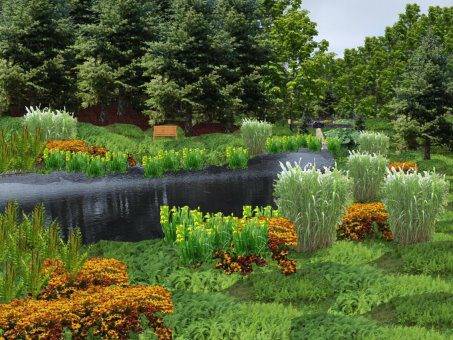Grassland and other habitats for wildlife have declined steadily for decades. Some of the loss has occurred with suburban and commercial development. Some has happened naturally as the result of succession, the process by which fields eventually grow back to forests. With any habitat type, a decline in abundance can also mean a decline in the species dependent on that habitat for survival. At present, wildlife scientists are concerned about the decline of many birds associated with grassland and field habitats. Planting warm-season grasses is a good way to replace some of the grassland habitat that has been lost. Remember that there are many variations for most of the grass species. Within a species the color, growth and size can be different for each variety. Below is the more common found grasses and legumes. We have not listed any lawn grasses except zoysia. The best resource for identifying grasses & legumes is with a field guide.
Below is a list of field guides that would be very helpful to identify your grasses & legumes.




















You must be logged in to post a comment.